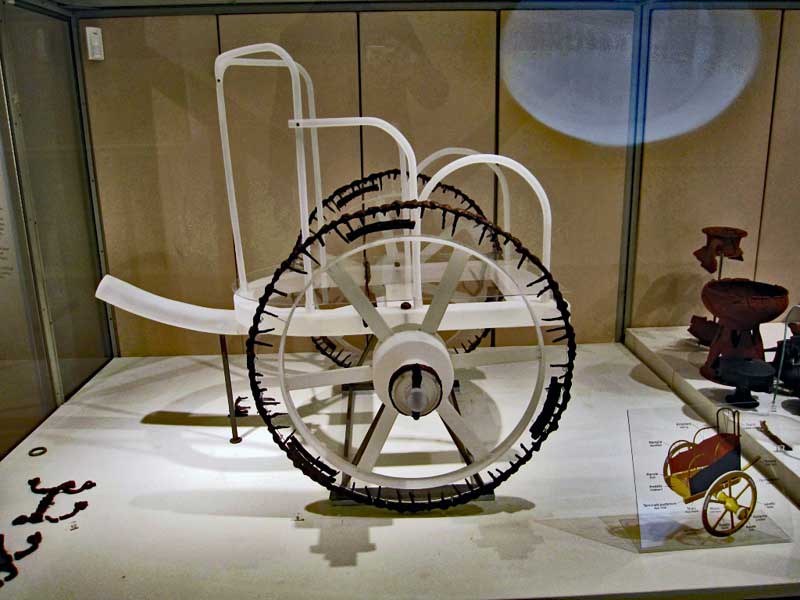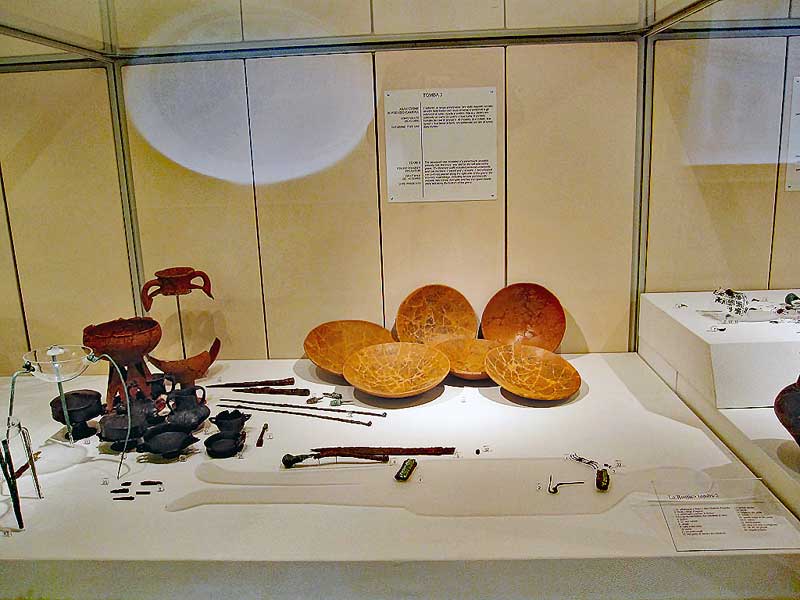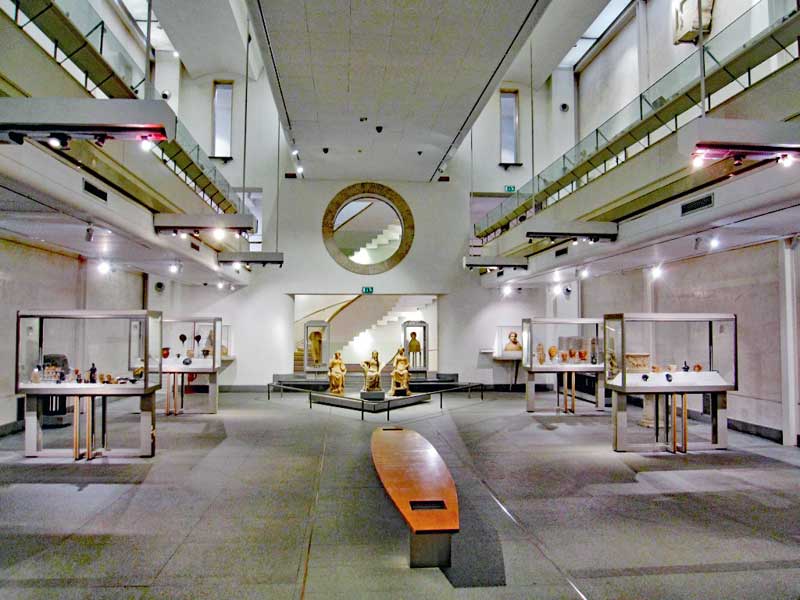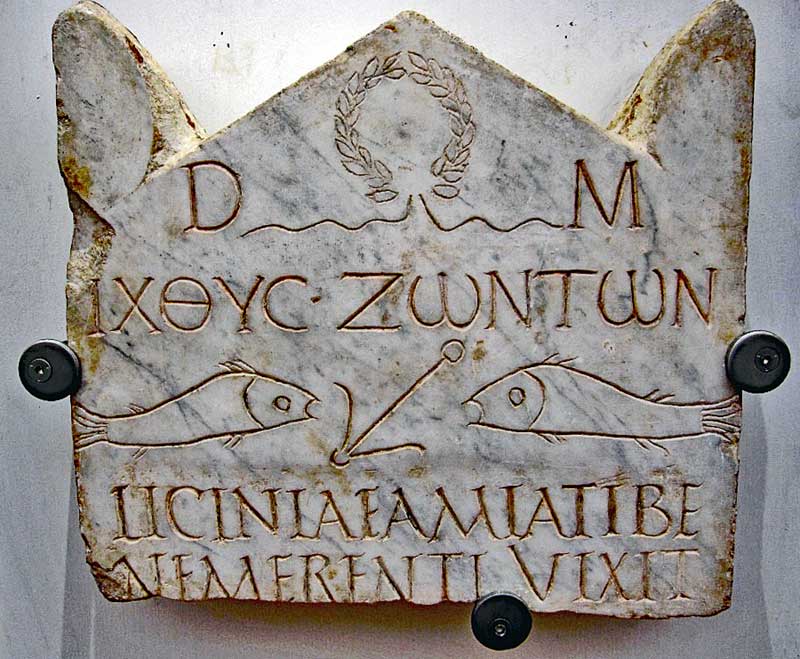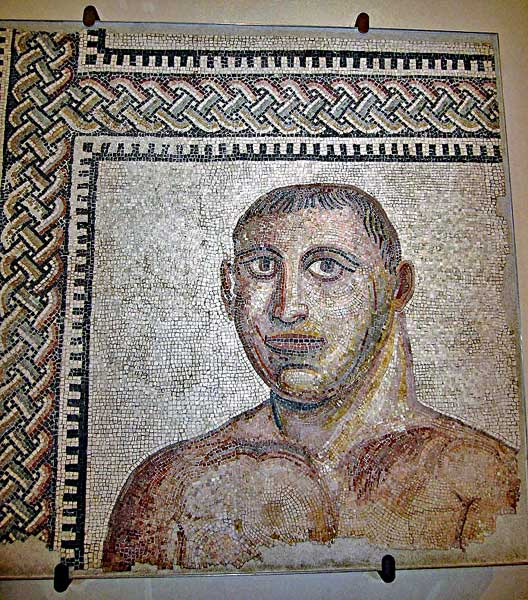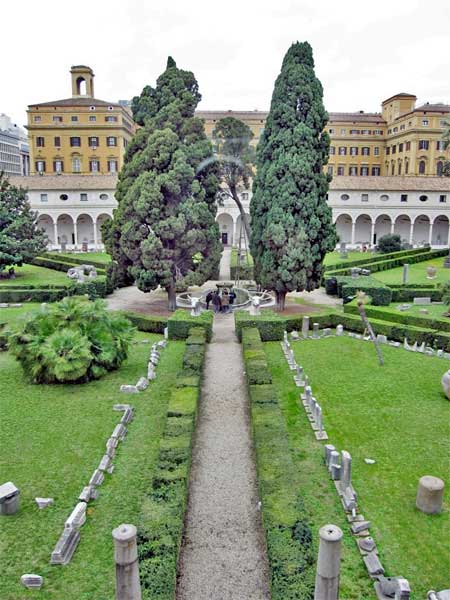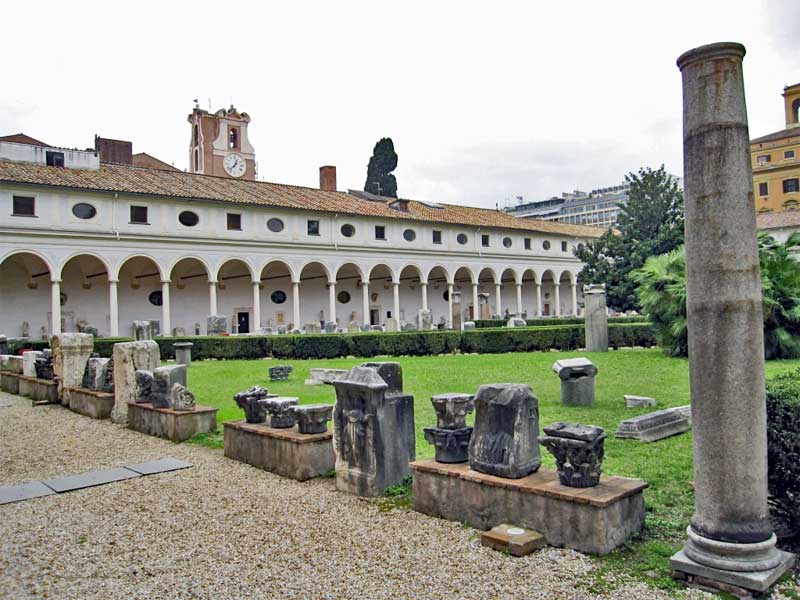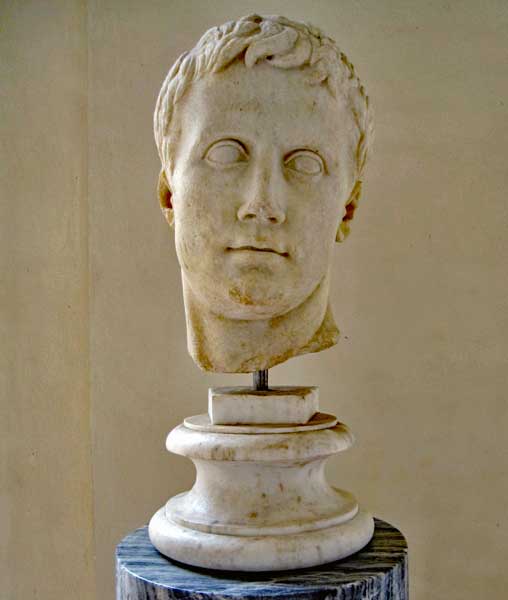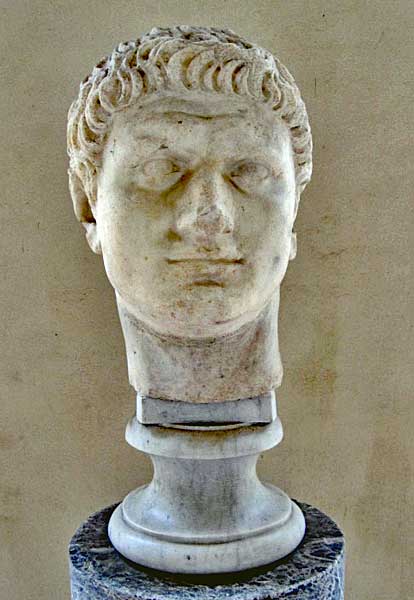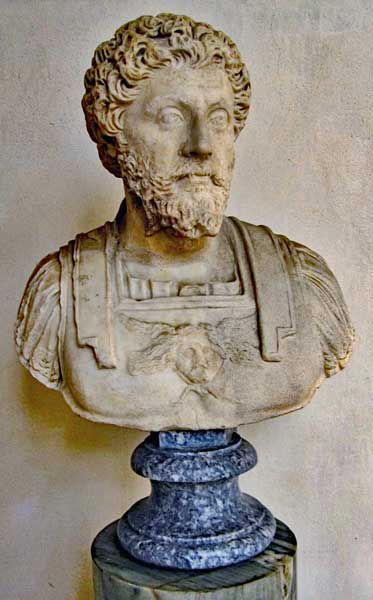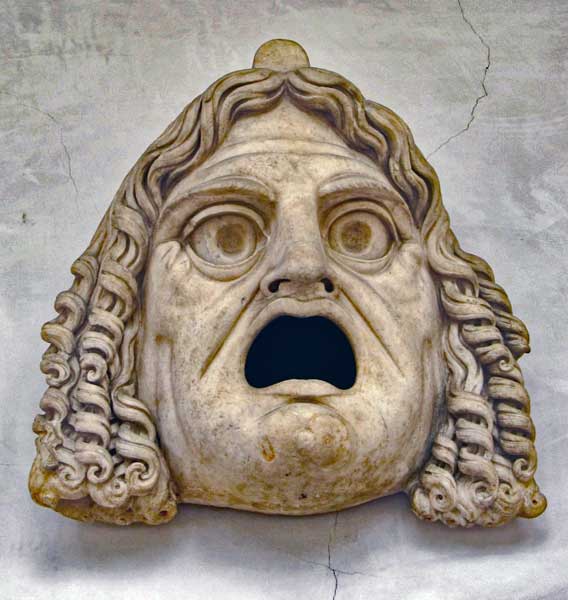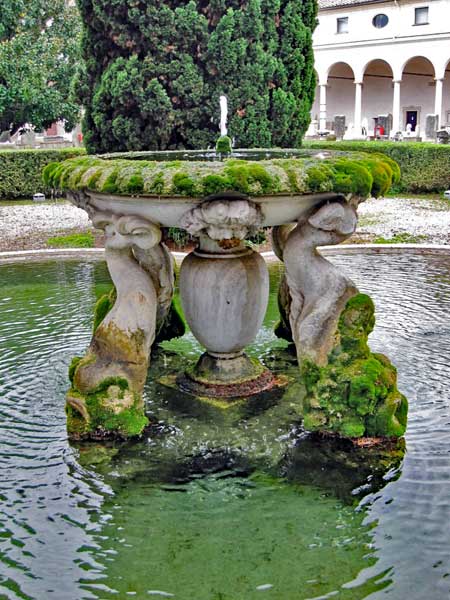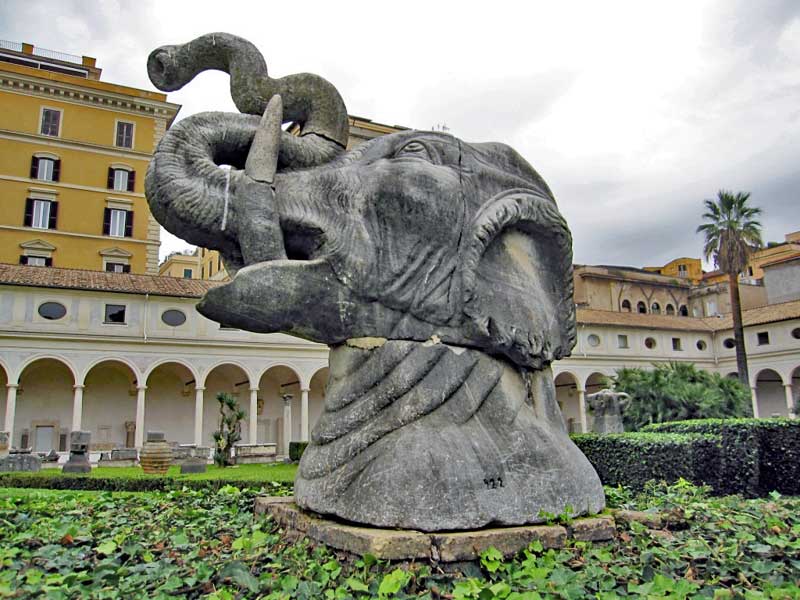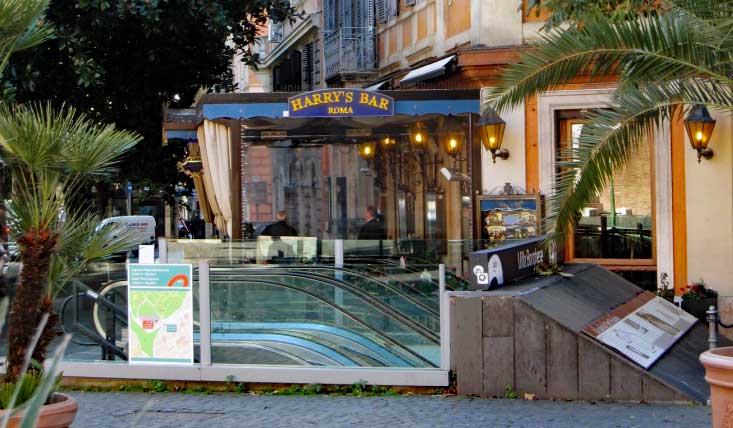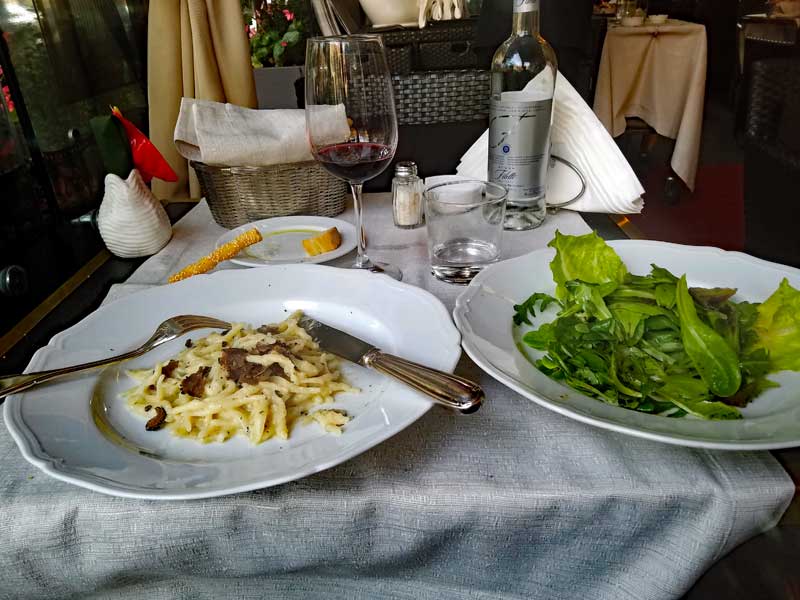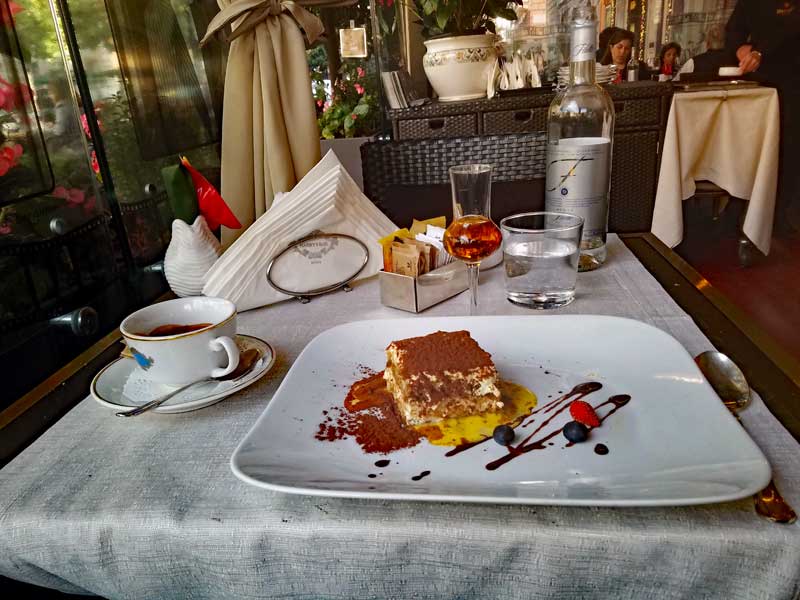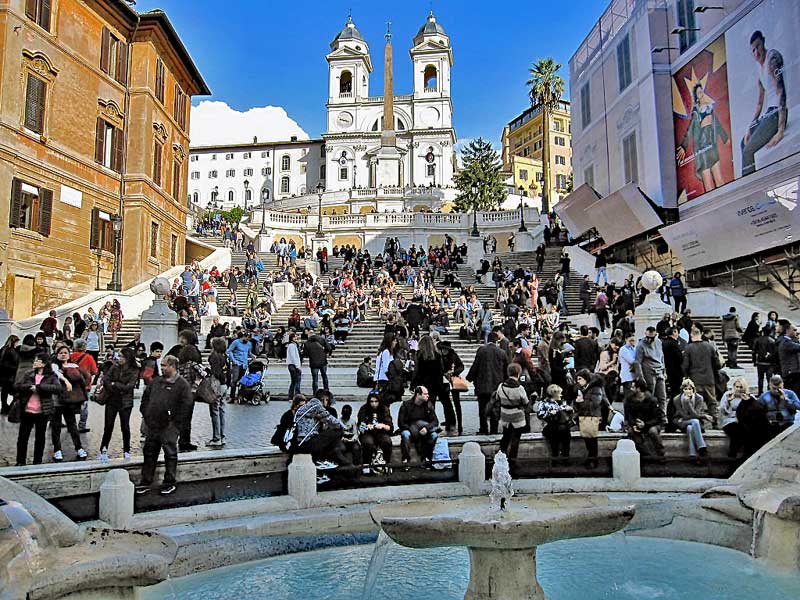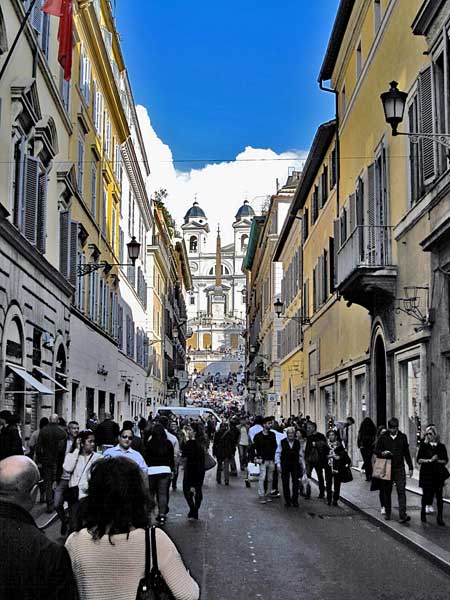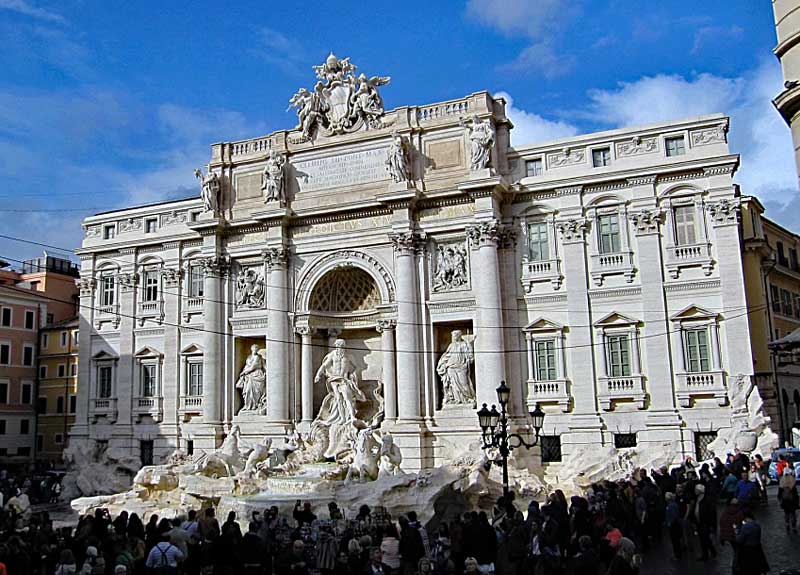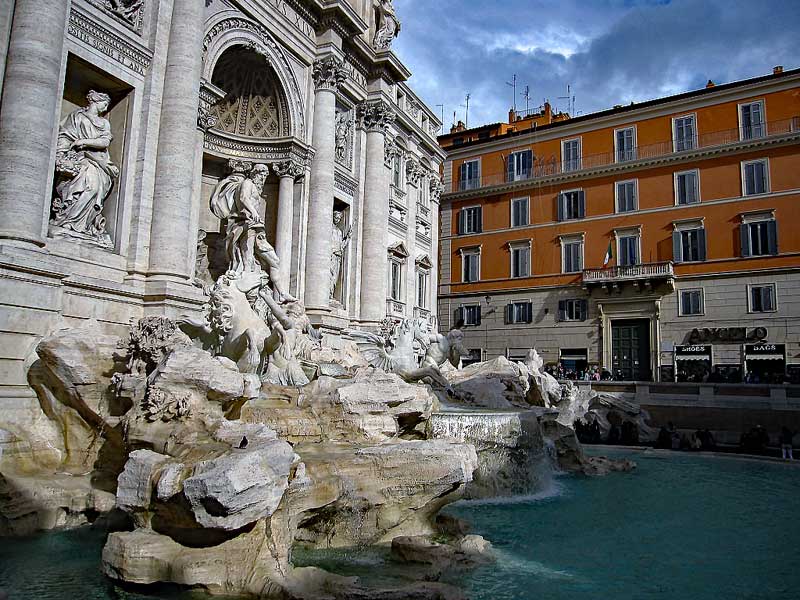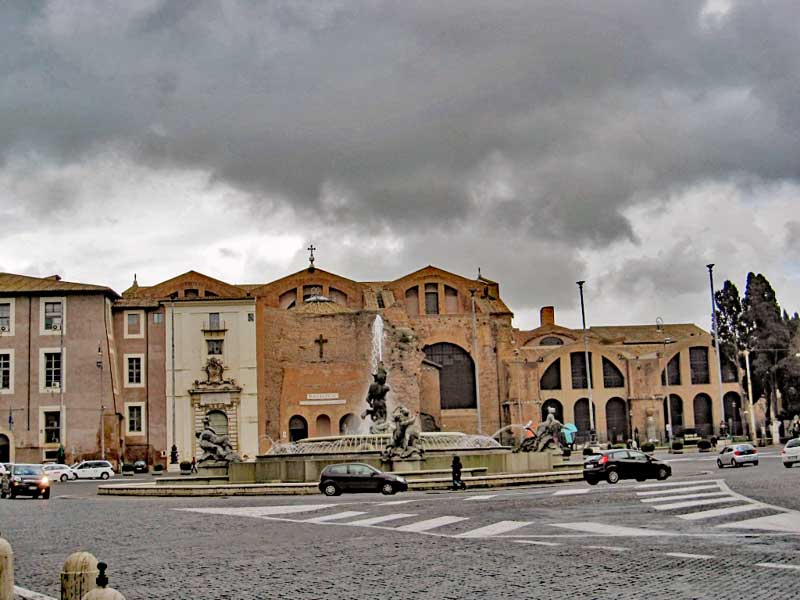
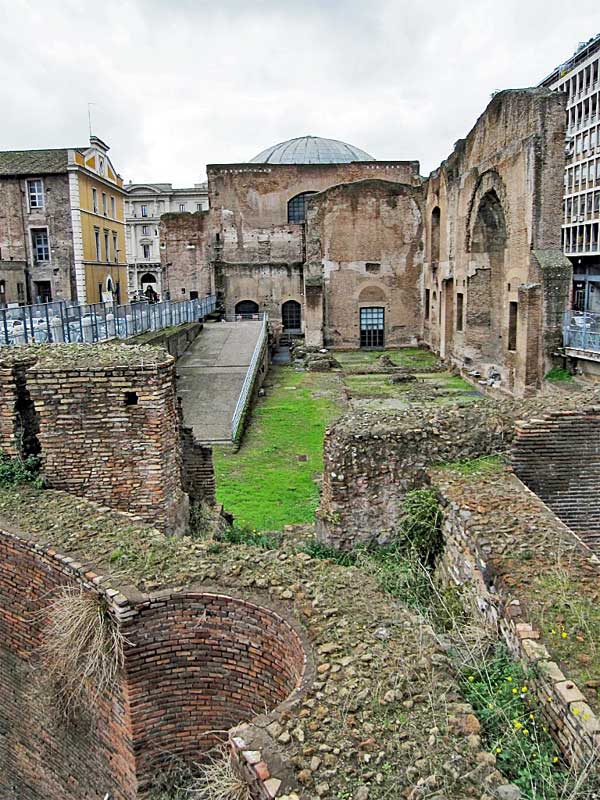

The Diocletian baths sits on one of Rome’s seven hills, Viminal which is the smallest of the hills. The baths were commissioned by Maximian in 298 in honor of his co-emperor Diocletian. The water for the baths came from an aqueduct, Aqua Marcia which had supplied water to Rome since the early parts of the second century. The Diocletian baths were the grandest and most impressive of Rome’s baths
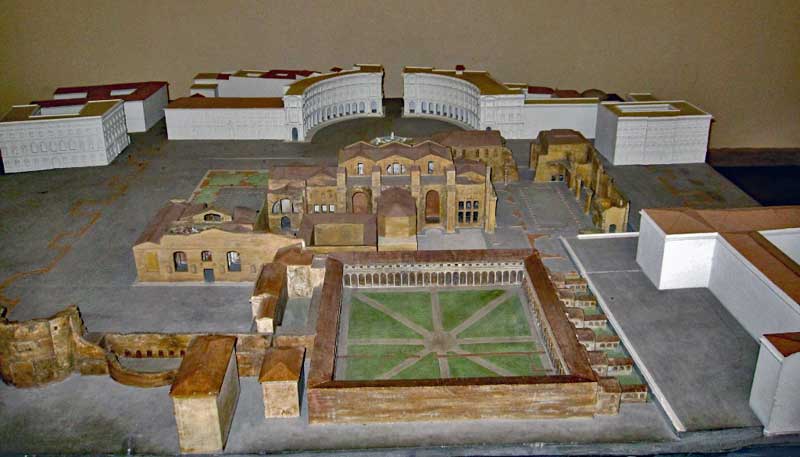
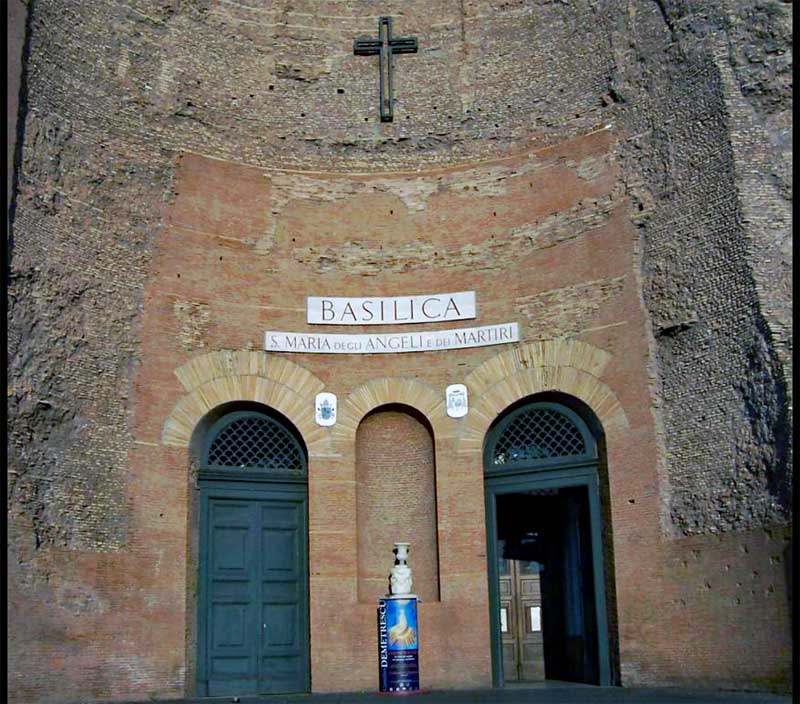
In 1561 Pope Pius IV ordered a basilica built into the ruins of the baths of Diocletian, it was to be dedicated to Christian martyrs, known and unknown. Michelangelo worked during the years 1563 and 1564 to build the basilica into a part of the ruins of the baths. There has also been later additions to the basilica, among them a meridian line (a type of sundial) added in the beginning of the 18:th century. The meridian line was added on the order of Pope Clement XI who wanted to check on the accuracy of the reformation of the Gregorian calendar, predict Easter exactly and least but not last he wanted to give Rome a meridian line as important as the one just built in the cathedral in Bologna. At solar noon (varies in time throughout the year, 10:54 a.m. UTC in late October to 11.24 a.m. UTC in February ) the sun shines through a small hole in the wall and hits a 45m long copper line inlaid in marble on the floor. The sun would hit the meridian line in different locations between the summer and winter solstices allowing the length of the year to be calculated.

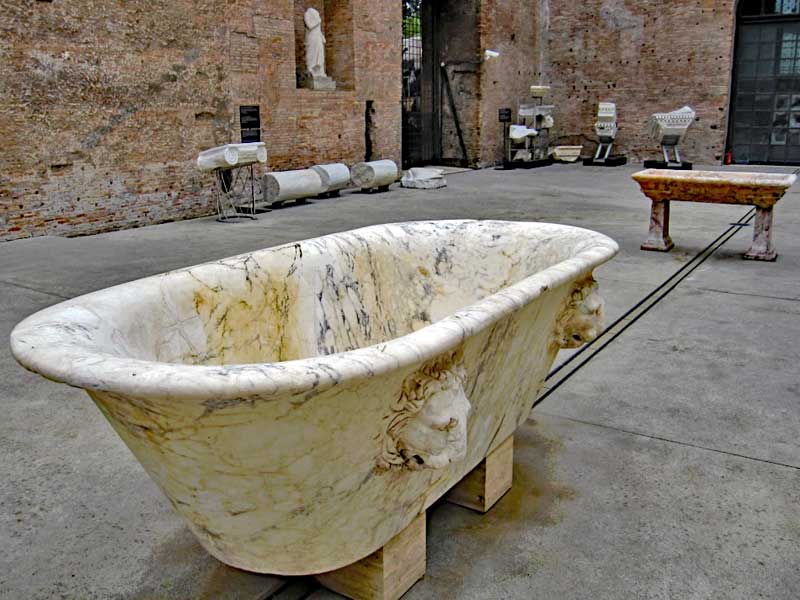
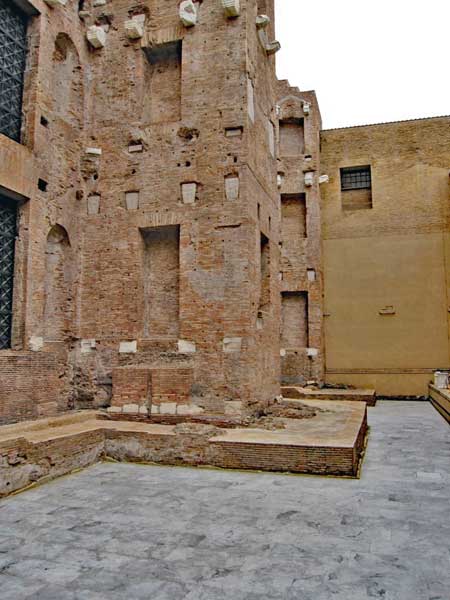

The Diocletian baths site is also home to what is nowadays a part of the National Roman museum. The museum is mainly housed in the 16:th century Charterhouse designed by Michelangelo. It was built on the site of the baths (see model previously where in the middle towards the bottom of the model, you can clearly see the large courtyard surrounded by the Charterhouse structure). It was made into an exhibition space in time for the International Exhibition of Art 1911 (a worlds fair held in Rome celebrating the 50:th anniversary of the unification of Italy). The museum holds a large number of artifacts from archeological sites in and around Rome.

